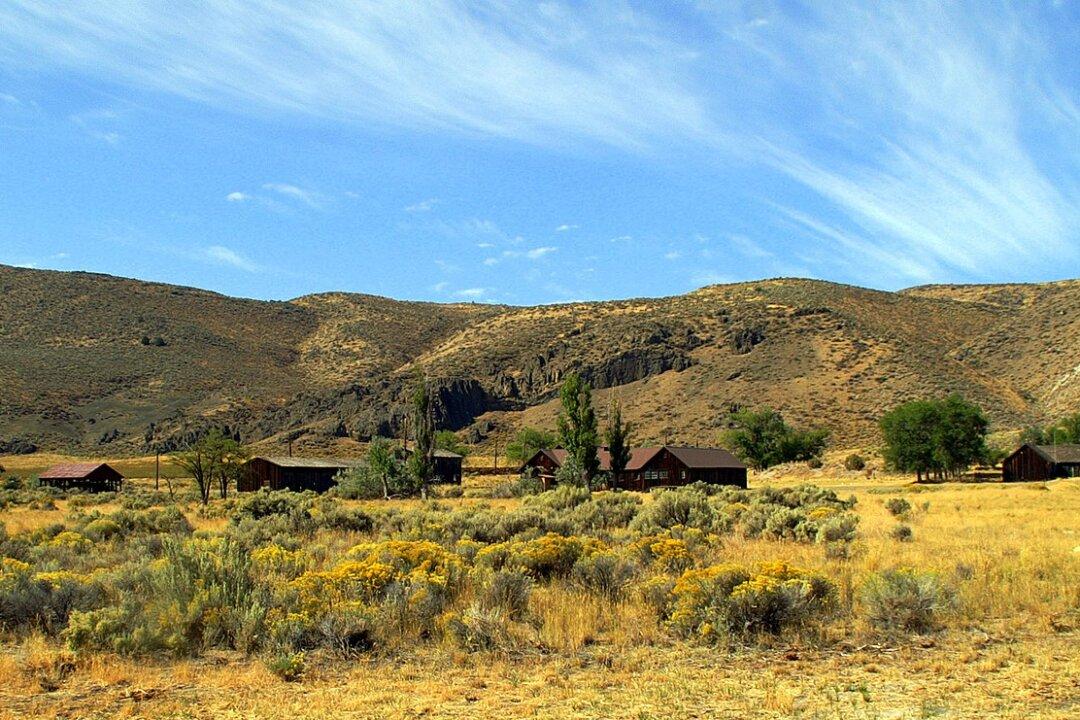In 1931, the playwright Eugene O'Neill, who had won three Pulitzer Prizes, presented his most ambitious play to date: the epic “Mourning Becomes Electra.” Made up of three plays totaling 13 acts, the play seems impossible to produce in full today, given that audiences tend to have short attention spans and a need for instant gratification. But this was less of a concern for a population in the throes of the Great Depression and without cellphones to keep its interest from waning. Americans who went to the theater in the early 1930s were used to plays of some length, although “Mourning Becomes Electra” topped them all (indeed, it remained the longest stage play until the 1980s).
The scope and subject matter of “Mourning Becomes Electra” demonstrates its ambition. The play takes place in post-Civil War America, specifically in a mansion on the Eastern seaboard, and tells the story of a returning Civil War hero (Brig. Gen. Ezra Mannon), whose wife, Christine, has been unfaithful to him with sea captain Adam Brant. His loving daughter, Lavinia, confronts her mother and vows to revenge her father’s untimely death. Lavinia teams with her brother, Orin, and kills Brant. Christine commits suicide over the grief she has caused. Orin commits suicide for his role in the murder of Brant, and Lavinia retreats to the Mannon mansion to live out her life in seclusion.






